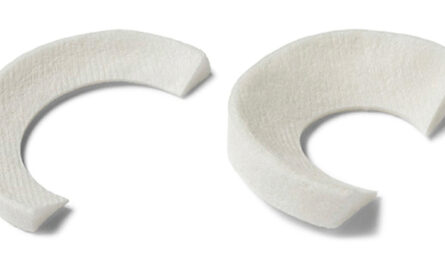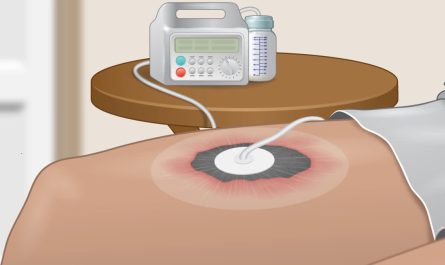A) Market Overview:
The global Fluoroscopy Devices Market is estimated to be valued at US$ 4,436.3 Mn in 2022 and is expected to exhibit a CAGR of 5.9% over the forecast period (2022-2028), as highlighted in a new report published by Coherent Market Insights. Fluoroscopy devices are widely used in medical imaging to obtain real-time moving images of internal structures of patients. These devices find applications in various medical procedures such as orthopedic surgeries, cardiovascular interventions, gastroenterology, and urology.
B) Market Dynamics:
The market for fluoroscopy devices is driven by two key factors:
1. Technological Advancements:
Continuous developments in medical imaging technology, such as improvement in image quality and reduction in radiation exposure, are driving the demand for fluoroscopy devices. For instance, Hologic Inc. introduced the Fluoroscan InSight FD Mini C-Arm, which offers high-quality images with low radiation dose, aiding in precise surgical interventions.
2. Rising Prevalence of Chronic Diseases:
With the increasing burden of chronic diseases such as cardiovascular disorders and orthopedic conditions, the demand for fluoroscopy devices is expected to surge. These devices enable accurate diagnosis and effective treatment planning for better patient outcomes.
C) Market Key Trends:
One key trend observed in the fluoroscopy devices market is the growing adoption of mini C-arms. Mini C-arms are compact, portable fluoroscopy devices widely used in orthopedic procedures. They offer flexibility in positioning, ease of operation, and high-quality imaging capabilities. This trend can be attributed to the rising demand for minimally invasive surgeries and increased focus on outpatient settings.
For instance, Ziehm Imaging Inc., a subsidiary of ATON GmbH, offers the Ziehm Vision RFD Mini C-Arm that provides high-resolution images and optimized workflows, enhancing surgical precision and efficiency.
D) SWOT Analysis:
– Strength:
The fluoroscopy devices market benefits from continuous technological advancements, allowing for improved diagnostic accuracy and patient safety.
– Weakness:
High installation and equipment maintenance costs hinder market growth.
– Opportunity:
The rising use of artificial intelligence and machine learning in medical imaging offers lucrative opportunities for market players to develop innovative fluoroscopy devices.
– Threats:
Stringent regulatory policies related to radiation safety pose a challenge to market expansion. Additionally, the availability of alternative imaging modalities may impact market growth.
E) Key Takeaways:
In terms of market size, the global fluoroscopy devices market is expected to witness high growth, exhibiting a CAGR of 5.9% over the forecast period. This growth can be attributed to the increasing adoption of fluoroscopy devices in various medical procedures, driven by advancements in imaging technology and the rising prevalence of chronic diseases.
In terms of regional analysis, North America is projected to be the fastest-growing and dominating region in the fluoroscopy devices market due to the presence of well-established healthcare infrastructure, increasing research and development activities, and high healthcare expenditure.
Key players operating in the global fluoroscopy devices market include Hologic Inc., Siemens Healthcare GmbH, Shimadzu Medical, Koninklijke Philips NV, FUJIFILM Holdings Corporation, Carestream Health, Canon Medical Systems Corporation, General Electric Company (GE Healthcare), and ATON GmbH (Ziehm Imaging Inc. and OrthoScan, Inc.). These players focus on strategic collaborations, product launches, and technological advancements to gain a competitive edge in the market.
In conclusion, the fluoroscopy devices market is witnessing significant growth due to technological advancements, increasing prevalence of chronic diseases, and the adoption of mini C-arms. However, challenges related to high costs and regulatory policies need to be addressed. Market players need to capitalize on emerging opportunities and leverage advancements in artificial intelligence and machine learning to maintain their market positions.



